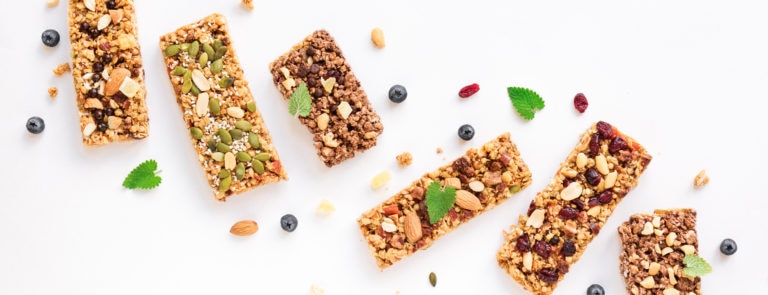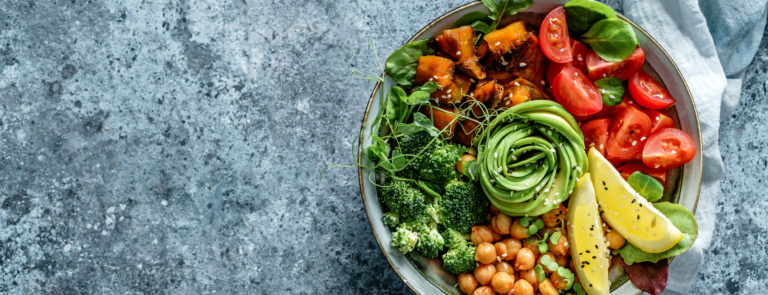15% off £25 or 20% off £35
Code:BASKET
Milk thistle: benefits, dosage & side-effects

Milk thistle is a plant that grows in the wild and has been used as a herbal remedy for 2000 years. Here's more on the plant including benefits and dosage.
Summary
1What is milk thistle and what does it do?
Milk thistle – also known as Silybum marianum – is a bright pink flowering plant that grows wild in southern Europe, northern Africa and the Middle...
2Benefits of milk thistle
In the 1960s, scientists extracted silymarin, a trio of active ingredients in milk thistle. It can protect the liver and help it to regenerate...
3How much milk thistle is safe to take?
The European Medicines Agency recommends taking 300mg-600mg of milk thistle, two or three times a day. People who should avoid taking milk thistle...
Find out all about milk thistle, including what it does, the benefits to taking it and how much you might need
Written by Carole Beck on December 6, 2018 Reviewed by Azmina Govindji on December 10, 2018
What is milk thistle and what does it do?
Milk thistle – also known as Silybum marianum – is a bright pink flowering plant that grows wild in southern Europe, northern Africa and the Middle East. Traditionally, it’s been used for more than 2000 years to support the liver and spleen.1
Nowadays, milk thistle is used as a herbal remedy to soothe indigestion and for its liver-protective effects.2 It is available as capsules, tablets or a tea.
Benefits of milk thistle
What does milk thistle do in the body?
In the 1960s, scientists extracted silymarin, a trio of active ingredients in milk thistle.3 Silymarin can protect the liver and help it to regenerate, while acting as a natural detoxifier for the liver too, according to a 2014 study published in World Journal of Hepatology.4
More research is needed to find out how exactly silymarin works inside the body, but a 2002 study published in Clinical Drug Investigation found it can:5
- scavenge damaging free radicals
- protect cell membranes, for example preventing toxins from entering liver cells
- help regenerate damaged cells
- neutralise toxins that can damage the liver, such as alcohol
Silymarin also helps reduce inflammation in cells and activates their repair, according to a 2015 study by University of Washington.6 However, other studies on milk thistle and its liver-protective effects have been mixed.7 If you’re interested in taking milk thistle, talk to your GP or a healthcare professional first.

Dosage
How much milk thistle is safe to take?
The European Medicines Agency recommends taking 300mg-600mg of milk thistle, two or three times a day.8
These people should avoid taking milk thistle extract:9,10
- pregnant or breastfeeding women – there is no data on its safety people with diabetes – it may reduce blood glucose levels in
- people with this disease, putting you at risk of low blood sugar
- women with breast cancer, uterine cancer, ovarian cancer, uterine fibroids or endometriosis – it’s thought milk thistle may have oestrogenic effects
- people who are allergic to plants in the asteracea family e.g. ragweed, chrysanthemum and artichoke – there is a risk of an allergic reaction
Side-effects
What are the side-effects of taking milk thistle?
Side-effects aren’t common but include:11,12
- itchiness
- headaches
- diarrhoea
- nausea
Advice is for information only and should not replace medical care. Please check with your GP before trying any remedies.
- Encylopedia.com. Milk Thistle. Available at https://www.encyclopedia.com/places/africa/tunisia-political-geography/milk-thistle
- European Medicines Agency. European Union herbal monograph on Silybum marianum (L.) Gaertn., fructus. Available at https://www.ema.europa.eu/documents/herbal-monograph/final-european-union-herbal-monograph-silybum-marianum-l-gaertn-fructus_en.pdf
- Encylopedia.com. Milk Thistle. Available at https://www.encyclopedia.com/places/africa/tunisia-political-geography/milk-thistle
- Vargas-Mendoza N, et al. Hepatoprotective effect of silymarin. Available at https://www.ncbi.nlm.nih.gov/pmc/articles/PMC3959115/
- Lovelace ES, et al. Silymarin Suppresses Cellular Inflammation by Inducing Reparative Stress Signaling. Available at https://www.ncbi.nlm.nih.gov/pmc/articles/PMC4703094/
- Fraschini F, Demartini G, Esposti D. Pharmacology of Silymarin. Available at https://www.medscape.com/viewarticle/422884
- Helen West. Healthline. 7 Science-Based Benefits of Milk Thistle. Available at https://www.healthline.com/nutrition/milk-thistle-benefits
- European Medicines Agency. European Union herbal monograph on Silybum marianum (L.) Gaertn., fructus. Available at https://www.ema.europa.eu/documents/herbal-monograph/final-european-union-herbal-monograph-silybum-marianum-l-gaertn-fructus_en.pdf
- European Medicines Agency. European Union herbal monograph on Silybum marianum (L.) Gaertn., fructus. Available at https://www.ema.europa.eu/documents/herbal-monograph/final-european-union-herbal-monograph-silybum-marianum-l-gaertn-fructus_en.pdf
- Mayo Clinic. Milk Thistle. Available at https://www.mayoclinic.org/drugs-supplements-milk-thistle/art-20362885
- Fraschini F, Demartini G, Esposti D. Pharmacology of Silymarin. Available at https://www.medscape.com/viewarticle/422884
- Fraschini F, Demartini G, Esposti D. Pharmacology of Silymarin. Available at https://www.medscape.com/viewarticle/422884













